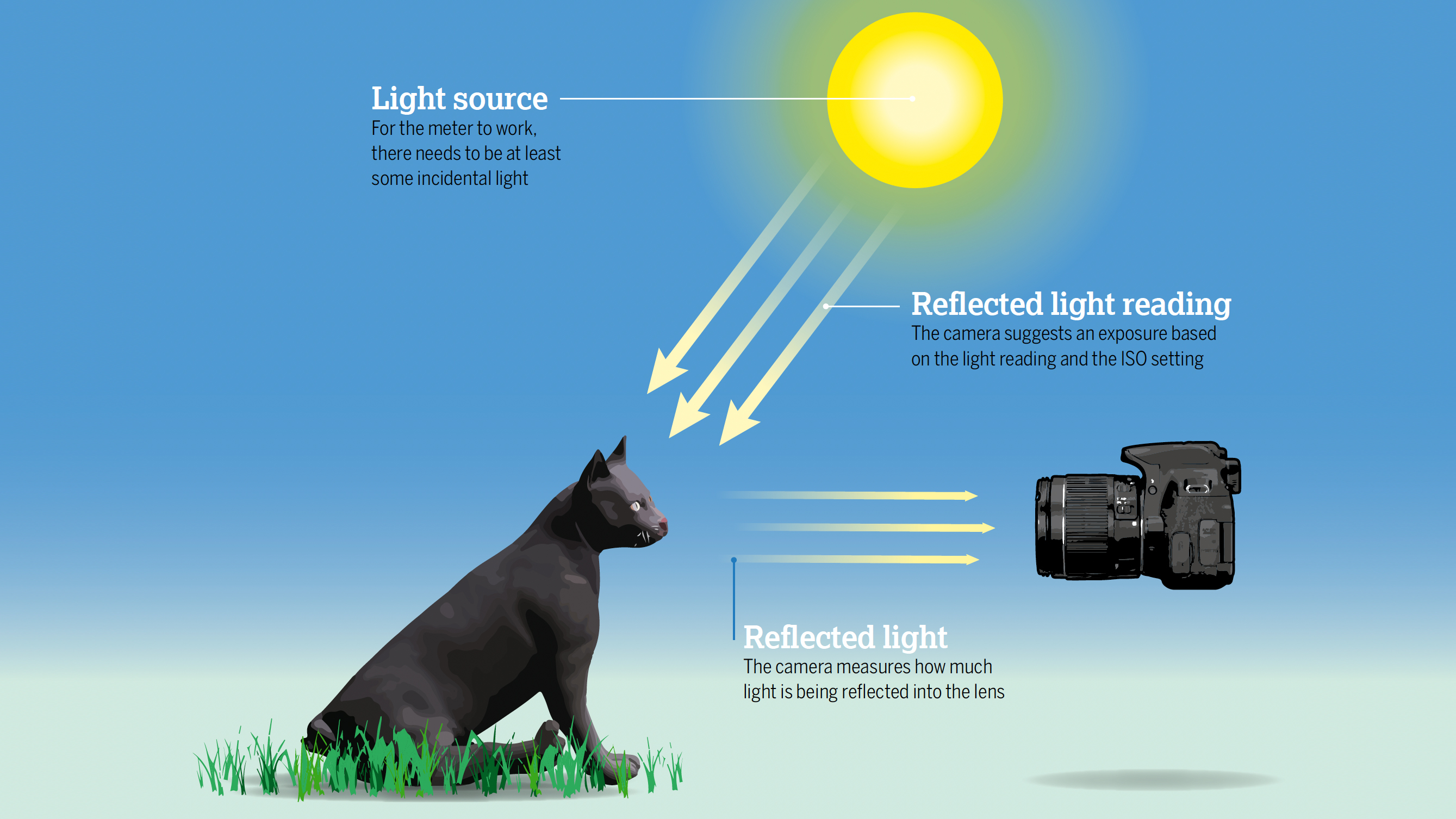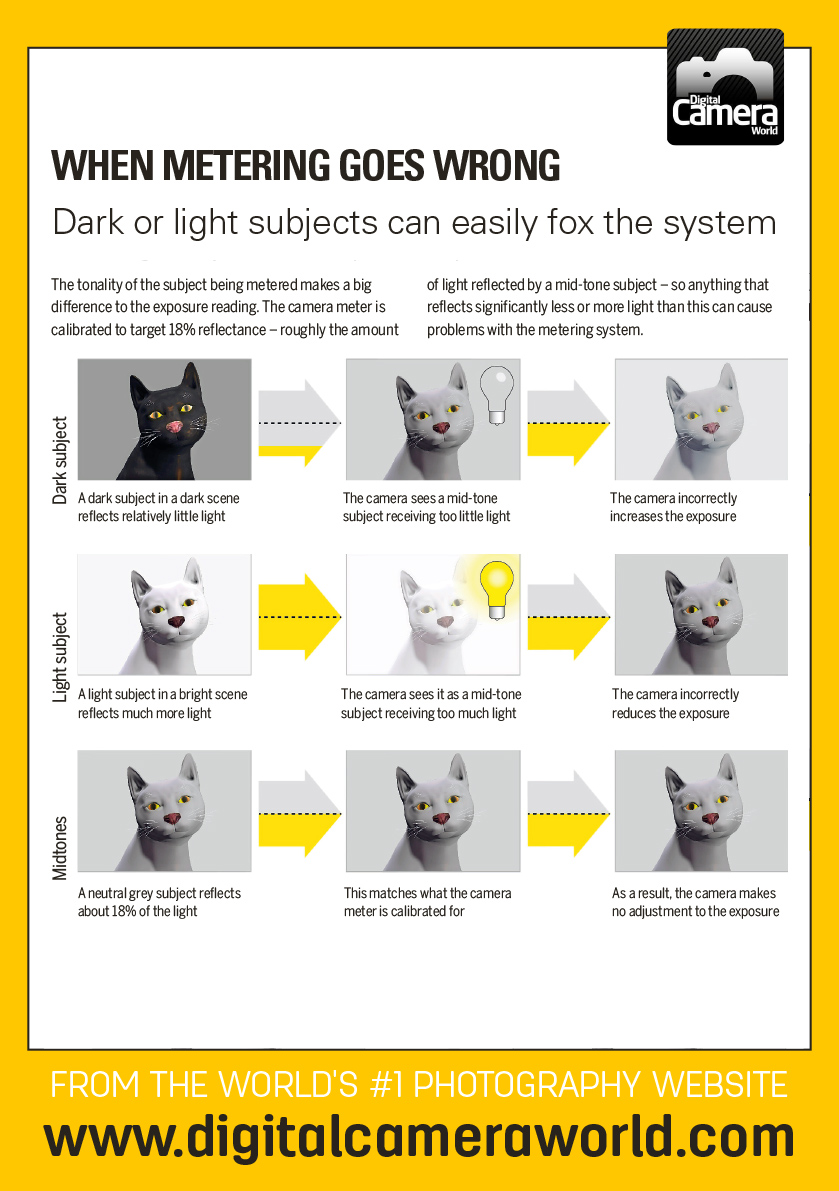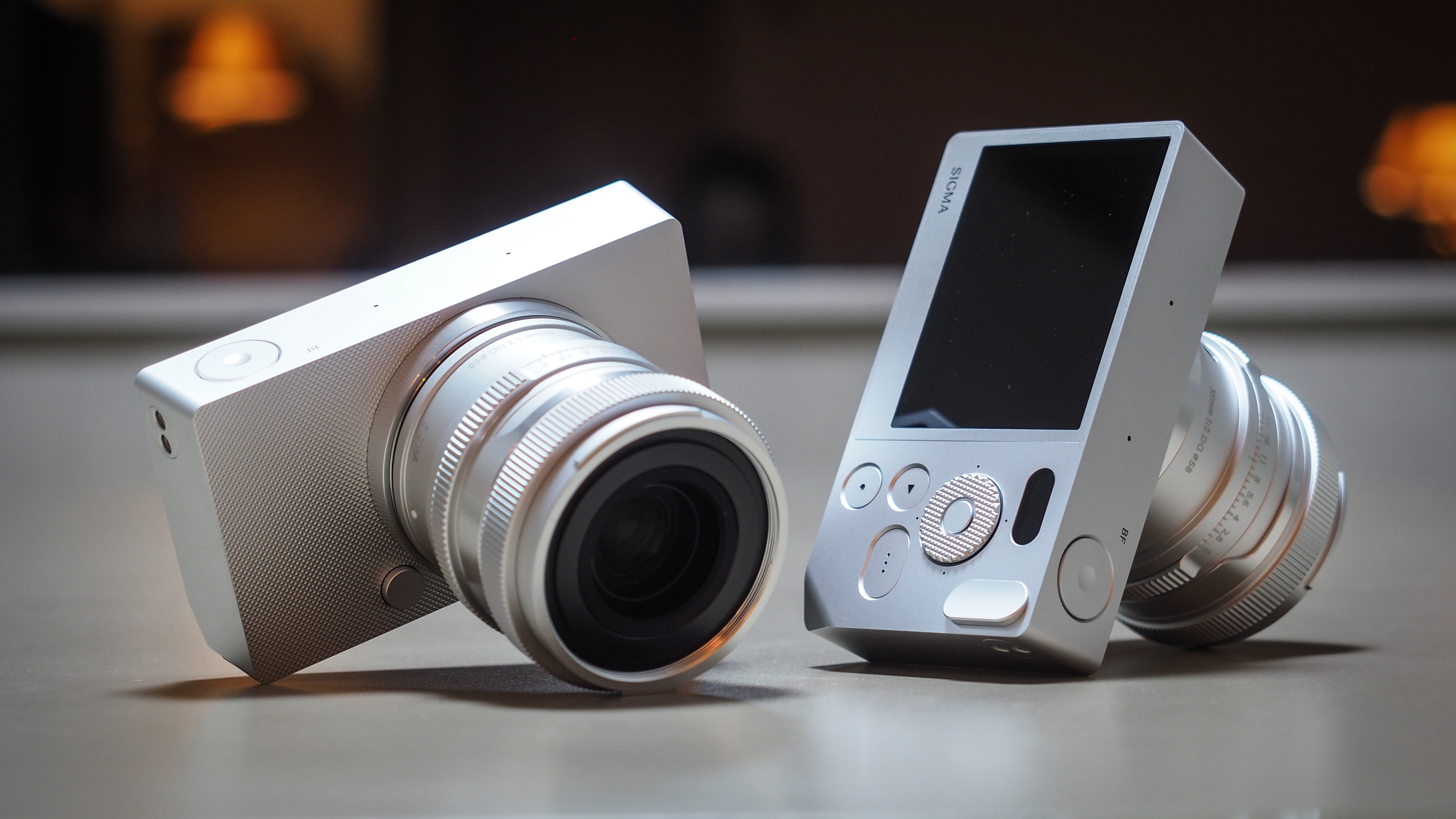Photography cheat sheet: What is Metering?
How does a camera meter measures a subject’s brightness and when does it go wrong? Or cheat sheets below will help you out!

Metering is an important concept to understand whether you're a photographer or a filmmaker. Every modern camera has a meter built-in, which it uses to determine the right settings to use based on the amount of available light it is picking up in your scene.
The problem is that the metering system doesn’t always work flawlessly, and you may end up with pictures that are either too dark or too bright. So let's look at the camera meter in more detail as how the matrix, centre-weighted and spot metering modes work.
How does metering work?
Camera meters are calibrated to what’s called ‘18% grey’. The theory is that a mid-tone grey, halfway between black and white, reflects 18% of the light falling on it. Point your camera at a grey card or a rough mid-tone equivalent, such as a field of grass or a pavement, and the camera will produce a well-exposed result. Obviously, not everything you photograph falls neatly into this mid-tone range. For instance, a swan in a snowy field will reflect much more light, while a black cat in a coal cellar reflects much less.
This is why photos of these subjects can look too dark or too bright: the metering system is trying to bring the overall exposure closer to mid-tone grey. The exposure for the swan will be decreased, so it comes out looking dull and grey, while the exposure for the black cat will be increased, so it comes out looking grey.
The metering system doesn’t always work flawlessly, and you may end up with pictures that are either too dark or too bright. For more refined results, you can correct these errors using exposure compensation, or dial in the exposure settings – aperture, shutter speed and ISO – manually.
• Read more: The Exposure Triangle explained

What are the common metering modes?
Digital cameras typically have three metering modes, although they might be referred to as something slightly different between brands. The default ‘pattern’ metering mode takes a range of readings across the entire picture, then calculates the optimum exposure according to the brightness of the scene or subject.
Canon calls this mode Evaluative, while Nikon plumps for Matrix – but they effectively do the same thing. This metering mode isn’t a magic bullet: low light, bright or dark subjects or ones that are very small in the frame can still throw the metering out.
Your camera also comes with a centre-weighted metering mode. As the name suggests, this meters the whole scene, but gives priority to the centre of the frame.
Finally, there’s spot-metering. This mode measures the brightness in a very small part of the frame. This is a great option when you want to lock the exposure on a small subject, or to take a number of readings from across a scene and then calculate the optimum exposure yourself.
Metering takeaways
- Modern cameras have a built-in meter that is used to determine the best settings for a "correct exposure".
- Metering is used to measure the brightness of a subject.
- There are different metering modes on your camera, and the best one to use will depend on what's in the scene.
- A dark subject on a light background – and vice versa – can confuse your camera meter into over or underexposing the subject.
Use the handy cheat sheet above to see this all for yourself. And make sure to keep us bookmarked for more great photography cheat sheets.
Read more
The exposure triangle explained
How to understand f-stops
How to understand ISO settings
Photography tips
Get the Digital Camera World Newsletter
The best camera deals, reviews, product advice, and unmissable photography news, direct to your inbox!

Lauren is a writer, reviewer, and photographer with ten years of experience in the camera industry. She's the former Managing Editor of Digital Camera World, and previously served as Editor of Digital Photographer magazine, Technique editor for PhotoPlus: The Canon Magazine, and Deputy Editor of our sister publication, Digital Camera Magazine. An experienced journalist and freelance photographer, Lauren also has bylines at Tech Radar, Space.com, Canon Europe, PCGamesN, T3, Stuff, and British Airways' in-flight magazine. When she's not testing gear for DCW, she's probably in the kitchen testing yet another new curry recipe or walking in the Cotswolds with her Flat-coated Retriever.
